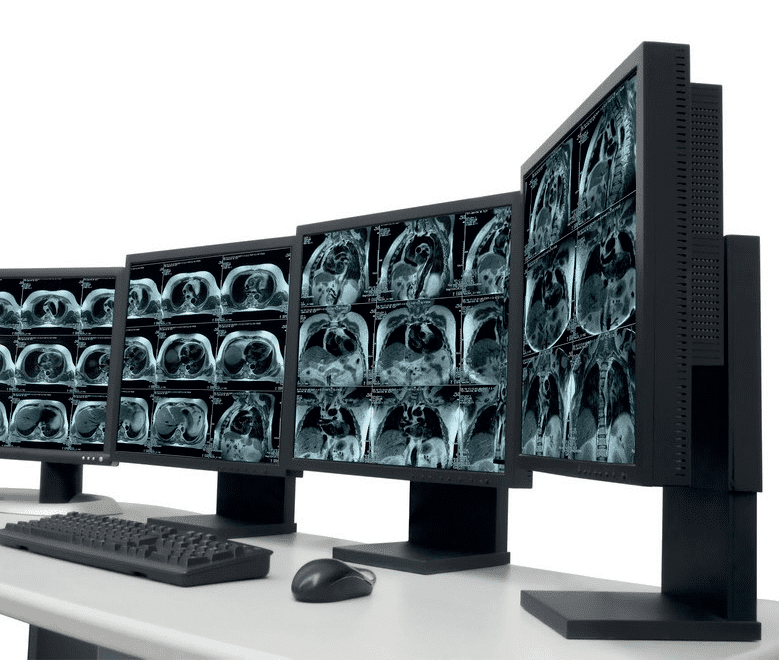But as they say, there’s two sides to every medal, and new technology often comes with both threats and opportunities. While these advancements have the potential to automate customer support and reduce the burden placed on service agents, they can also create new, challenging issues. In this post, we’ll discuss how remote access software can help you tackle many of these challenges.
Remote access technology has always been associated with IT support as a tool that allows IT staff to remotely diagnose and fix computer problems. In recent years, companies have looked at next generation technologies to automate and boost the effectiveness of their support operations.
These technologies include intelligent service bots that react in real time to reply to simple user queries as they arise, and machine learning/artificial intelligence that identifies and alerts staff to trends in support issues often before they even become aware of them.
Although this promises to free up the time for your support staff and make their lives easier, it can bring with it the potential for disruption of current business models for you and your customers. For example, if routine service tickets are resolved by bots, your staff are left with the trickiest issues to solve.
If you don’t have the right strategy, these tickets can take a long time to close, affecting your first time call resolution statistics, and possibly increasing the number of onsite service calls that you need to make. And chances are, your customers are not going to be too happy about it.
The right remote access strategy can go a long way towards mitigating these problems, allowing you to manage these new technologies so you can benefit from the best of both worlds. By sharing their screen, your staff will be able to perform more effective support interventions and yet still retain that personal touch that makes it so much easier to build trust and confidence between both parties.
Supporting the service desk
For those more complex service tickets that are too much for service bots to handle, remote access enables both unattended and attended service interventions to resolve issues.
In unattended access, team members with the correct permissions can identify and resolve a customer’s problems without the remote user being present. This could theoretically involve any kind of device, including corporate servers, employee workstations, Internet of Things (IoT) devices, or specialized industrial equipment.
In attended access, usually used for support tickets, a remote user is present and allows permission for the service agent to access their device. This can be through pre-installed software on the target device, but access can still be granted without it.
Versatile device support
These days, workers operate on a wide range of devices that doesn’t seem to stop expanding. While this can feel a bit overwhelming, remote access is a versatile solution that makes providing help desk support to colleagues or customers a little bit easier, regardless of the devices they’re using.
Its flexibility promises the opportunity to keep up-to-date with any future developments in the fast moving world of service desk delivery.
Beyond the service desk
While service desk is still the first use case commonly associated with remote access, this technology is versatile enough to support a much bigger array of applications. This is something to keep in mind, as once you adopt the technology, you can benefit from it in ways you might have not thought about before.
For example, it can enable collaborative working between your company’s internal departments and your external suppliers, or to enable remote working for your employees.
Offering a telecommuting option to your staff can deliver impressive business benefits, saving you time and business expenses like travel, and making your staff happier at the same time.
Without the burden of a long daily commute and the looming prospect of getting stuck in traffic during rush hour, your team is likely to become less stressed and more productive (and yes, we have numbers to back it up).
Additionally, screen sharing software and BYOD (Bring Your Own Device) policies often go hand-in-hand, allowing employees to use their own devices to access central IT resources. That way your company can avoid paying for and supporting multiple software licenses for different devices, a solution that will end up saving you a potentially large recurring expense.
The potential benefits don’t end there, either. With remote access, you are free to attract staff not just locally, but potentially globally, and to retain employees who are looking to move away from your area, but still want to continue to work for your company.
Less obviously, remote access can cut other expenses. With employees working regularly from home, you can reduce costs of renting office space, allowing you to work out of smaller (and cheaper) premises. You might also consider renting a coworking space, especially if your company is in the process of growing rapidly.
As we’ve seen, remote access solutions still have a role to play in the modern world of fast-paced technological change, working hand in hand with the latest IT developments to deliver a better user experience for your staff and customers, and not just in a help desk environment.
With the right solution in place you’ll be ready to face whatever the future throws at you. For advice on choosing the right software, this article can give you some pointers.













